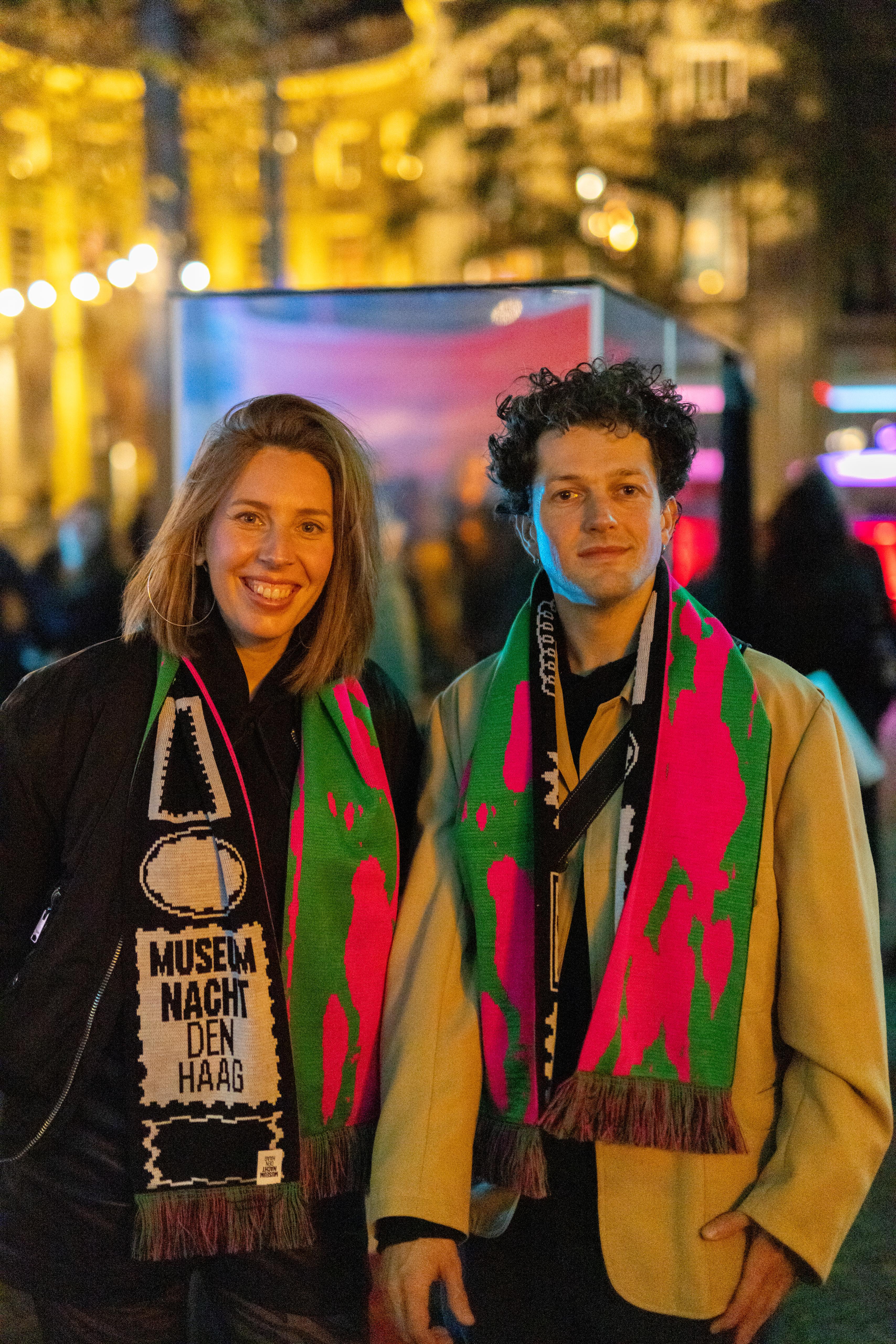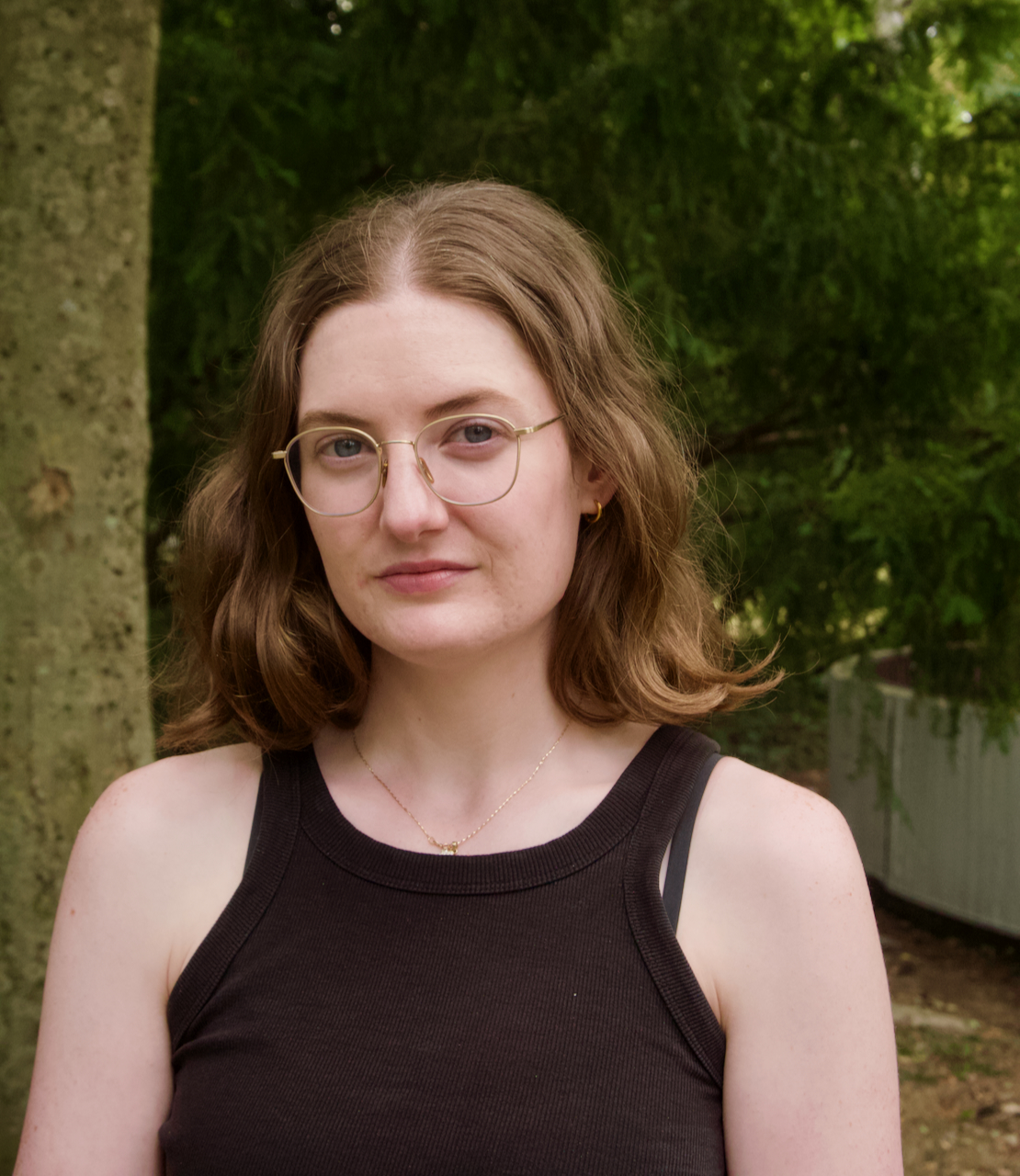WdKA is delighted to welcome Rogerio Simões Lira, who joins our team of tutors in the academic year 2020-2021.
What is your branch of knowledge, subject?
I am a graphic designer with one eye on the physical and another on the digital, one leg in the past and another in the future. Hybrid publishing and transmedia storytelling are recurring aspects of my work.
What is your source of inspiration?
- Random aesthetic encounters in the public space (#pedestrianpleasures);
- Reading or watching fiction - from science fiction to novels and plays;
- Reading or watching non-fiction. These days that’s mostly long-form interviews in text and/or audio with authors, scientists and researchers. (Radiotopia, Gimlet, Serial, NPR);
- Reading Leonard Koren’s tiny, unassuming design books about aesthetics, object placement, Japanese culture.
What defines you as a tutor? Your strongest points?
My priority is to engage in a dialogue with students so we can discover together their mentality and process… to gradually claim and refine them. I love figuring out links between a student’s work and broader cultural contexts, across disciplines. Who else has experimented with this, thinks or works this way? How could knowledge of other contexts help their work?
What is your dream/goal as a tutor?
Seeing students and their design develop in their own quirky directions, with true variety in form and content. Knowing that some of what is said in class will resonate over time, fall into place and be useful much later when we least expect.
Name one item from your bucket list?
To be very old and travel abroad with my partner, in a quiet autonomous vehicle. Then arrive back home and see it disappear into the distance to pick up its next riders.
Whom would you call true innovator?
- Roberto Burle-Marx, for creating large scale graphics for gardens and public spaces and giving native Brazilian plants a prominent role in his designs.
- Afrofuturists, for imagining much better pasts, presents and futures.
- Mary Beard, Rita von Hunty and Phoebe Waller-Bridge for being original, funny and super smart.
- Laurie Anderson, for merging electronic music, visual storytelling and performance art like no one before her.
- François Foucault, for defining heterotopias – other spaces – and giving us great examples of it.
- Philip K. Dick, for being right about everything.



